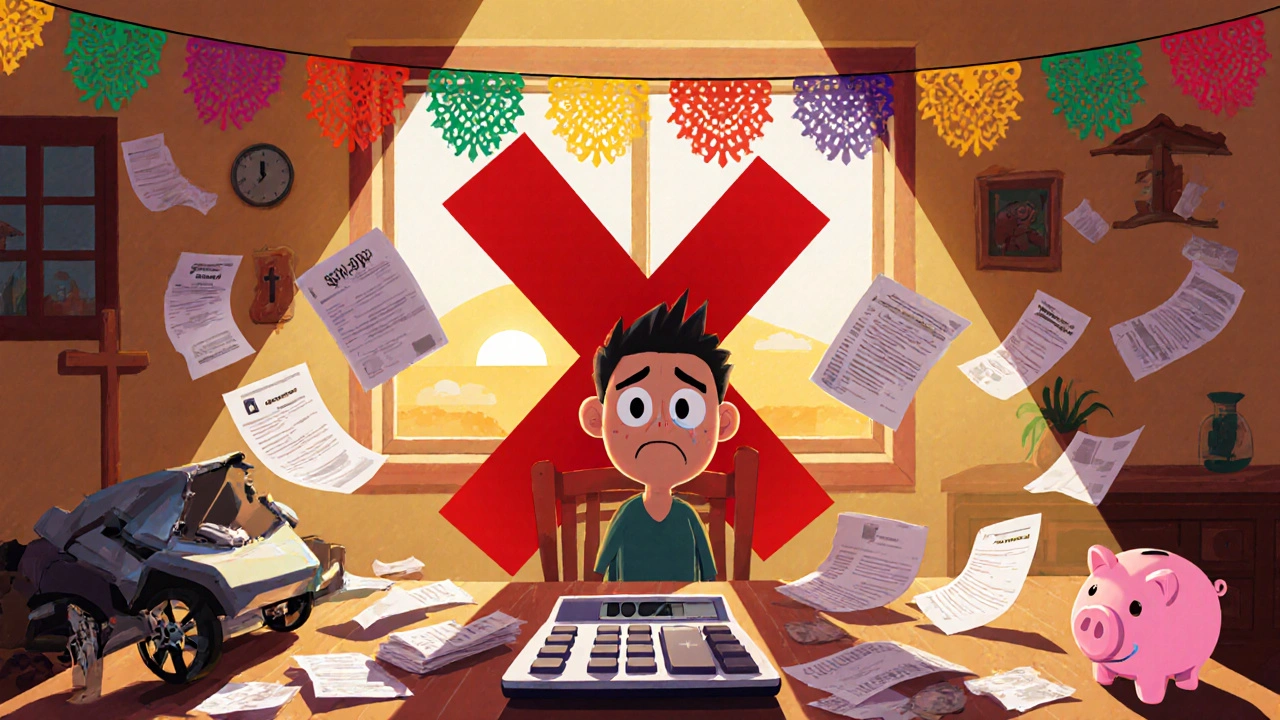Emergency Fund Rebuilding: How to Restore Your Financial Safety Net
When your emergency fund, a dedicated cash reserve for unexpected expenses like medical bills, car repairs, or job loss. Also known as a financial safety net, it’s not about having a luxury—it’s about avoiding debt when life gets messy. Vanished after a surprise expense, job cut, or medical bill? You’re not alone. Many people start with a fund, then watch it disappear—only to feel stuck because they don’t know where to begin rebuilding. The good news? You don’t need a big paycheck or perfect credit. You just need a plan that fits your real life.
Emergency savings, the actual cash set aside for unplanned costs, not investments or retirement accounts works best when it’s separate, liquid, and easy to access. That means a high-yield savings account, not a brokerage account or crypto wallet. It’s not about earning the most interest—it’s about being able to pull money out in 24 hours without penalties. And while budgeting for emergencies, the process of planning how much to save each month based on your income and expenses sounds boring, it’s the only way to make steady progress without burning out. Most people fail because they try to save $10,000 all at once. You don’t need $10,000 to start. You need $500. Then $1,000. Then three months of essentials.
Look at your last three months of spending. What unexpected costs came up? A broken water heater? A vet bill? A missed paycheck? Those are your clues. Your emergency fund should cover what actually breaks in your life—not what financial gurus say you should have. If your car is 15 years old, you need more for repairs. If you work gig jobs, you need more for income gaps. If you have kids or aging parents, you need more for sudden care needs. This isn’t theoretical. It’s personal.
Some people think rebuilding means cutting out coffee and Netflix. That’s not it. It’s about redirecting money you’re already spending—like canceling unused subscriptions, switching to cheaper phone plans, or using cashback apps to boost your savings without changing your lifestyle. It’s also about timing. If you get paid weekly, save $20 every payday. That’s $80 a month. In six months, you’ve got $480. No magic. Just consistency.
And don’t fall for the myth that you need to rebuild your fund before doing anything else. You can rebuild while paying down credit card debt. You can rebuild while contributing to a 401(k). Just make sure your emergency fund gets a fixed spot in your monthly money plan—before rent, before groceries, before anything else. Treat it like a bill. Because it is.
What you’ll find in the posts below are real, no-fluff strategies from people who’ve been there. How one person rebuilt a $3,000 fund in nine months on minimum wage. How another used neobank spending limits to stop impulse buys and redirect cash into savings. How EWA (earned wage access) helped someone avoid payday loans during a gap in income. You’ll see how inflation made people rethink what "enough" means in an emergency fund. And how a simple annual portfolio review helped someone spot hidden fees eating into their savings growth.

Rebuilding After a Major Expense: Step-by-Step Plan to Restore Your Finances
Recover from a major financial setback with a clear, step-by-step plan. Learn how to assess damage, build a survival budget, crush debt, rebuild your emergency fund, and get help when you need it-all without going further into debt.